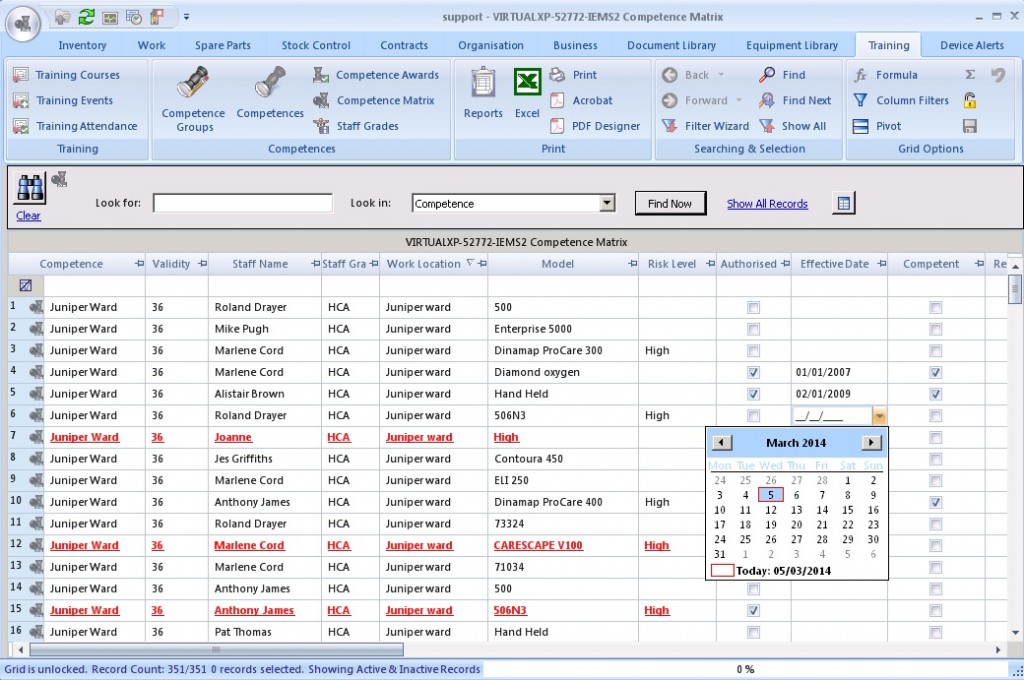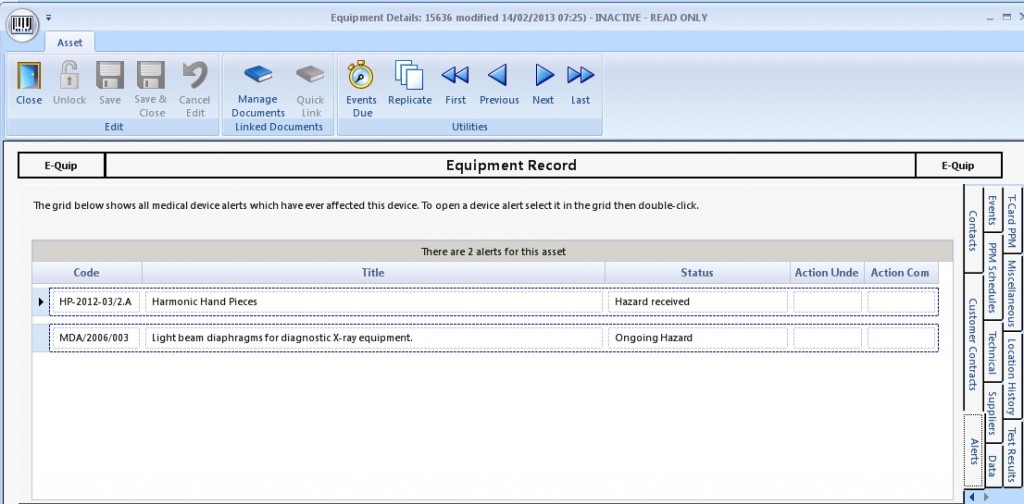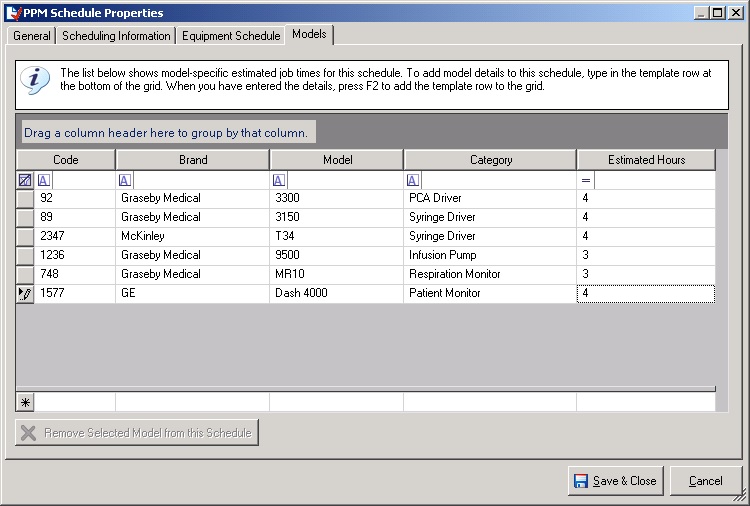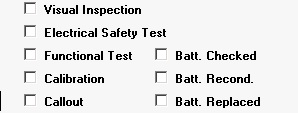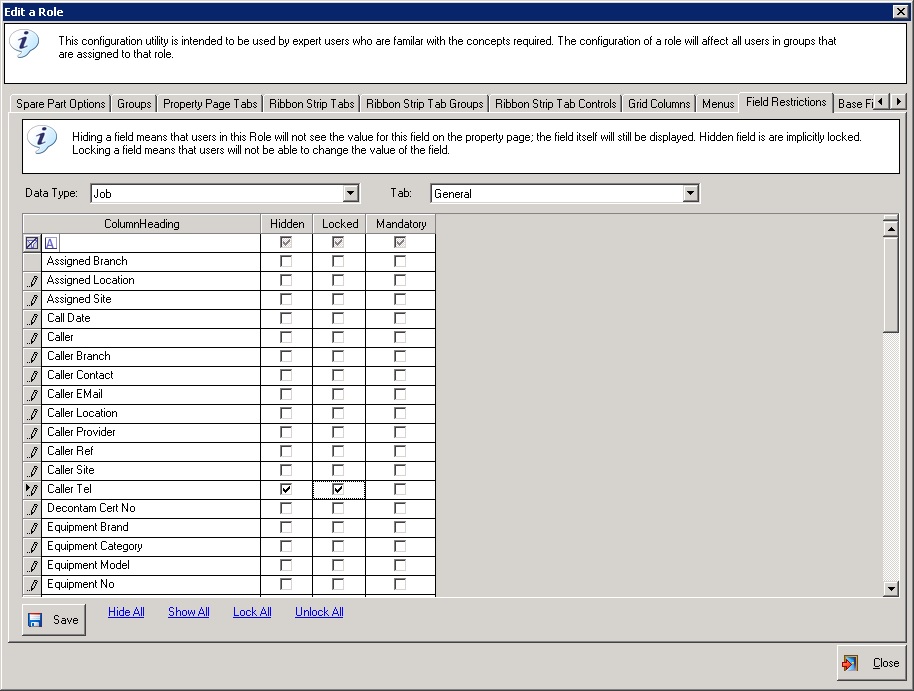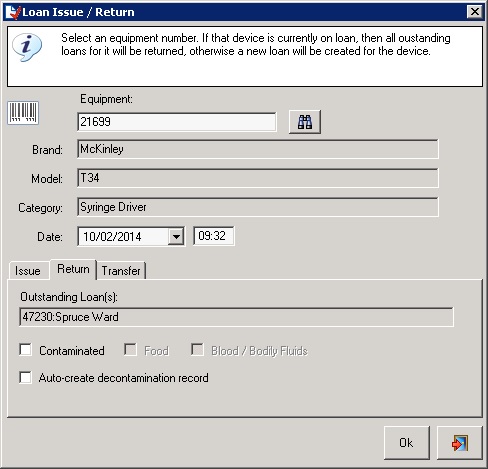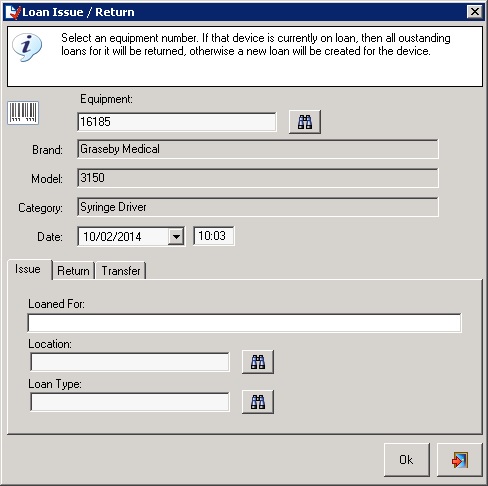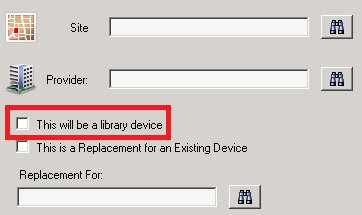Version 2.13.0 will be going into beta in the next few days. It is now possible to update user competences directly within the grid on the TNA screen. This is also the screen to use for training management: finding out whose competences are expired or expiring, KPI’s etc. But there are plenty more features.
1. Device User Competences
a. The introduction of the competence group feature has made competence requirements and competence awards redundant. These two screens have been removed. The competence requirement and award tabs on the personnel property page have also been removed.
a. The use of competence matrix screen has changed. Previously it was used by the competence requirement / competence award mechanism (which is now obsolete). This screen nows shows the combined TNA’s from all competence groups, making it ideal for reporting. It can be filtered by risk level, personnel, staff grade, location, model etc.
Two new Look For items have been added: Expired & Expiring. These show competences which have expired or which are about to expire.
This screen supports the following default colour coding:
Red Foreground – Underlined: The person is a user of the device but no competence details have been recorded.
Red Foreground: The person is a user of the device but the competence details have expired.
Amber Foreground: The person is a user of the device and the competence details will expire in 1 month.
Green Foreground: The person is a user of the device and the competence details are current.
The summary screen supports direct editing within the grid, PDF & Excel Export, Auto-Pivot, Auto-Sum and all of the other features which are normally available on summary screen.
2. New Feature – PPM Calendar
a. Functions have been created to allow a PPM Calendar for any/all devices to be produced. A system-owned shared asset screen layout named ‘PPM Calendar’ has been added to the system. This screen layout shows 52 new columns (each based on these new functions) which show if any maintenance is due in those particular weeks. When exported to Excel these columns can be formatted using conditional validation to display an easy-to-read calendar. There is also a monthly version of the calendar with 12 columns rather than 52.
Note that this calendar can handle devices on multiple PPM schedules and also schedules which repeat multiple times within a year. For example, if a device was on a 3-monthly schedule with the first job being scheduled for 1/1/2014, the calendar would show maintenance scheduled for:1/1/2014, 1/4/2014, 1/7/2014 & 1/11/2014.
You can find a blog article about the calendar here.
3. Equipment
a. A new tab, Alerts, has been added to the equipment property page. This tab shows all medical device alerts which have been associated with this device. Note that this tab is only displayed if there are alerts to display. i.e. an empty grid is never displayed. To open the medical device alert property page, simply double-click on any record in this grid.
b. A new field, Replaced By, has been added to the financial tab of the equipment property page. This field is read-only, and is the inverse of the Replacement For field. i.e. If A was replaced by B then B is the replacement for A.
c. Support for conditional validation has been added to equipment properties. The Role Manager has been modified to include this.
4. PPM Schedules
a. It is now possible to define model-specific estimated work times for PPM schedules.This means that it is possible to estimate in advance the workload for PPM jobs on a model-specific basis.
5. Documents
a. Inactive support has been added to documents.
6. Jobs
a. A new field, Budget, has been added to the spare parts tab on the job property page. This field is also shown on the spare part job links summary screen.
b. Three new fields, Battery Checked, Battery Reconditioned & Battery Replaced have been added to the work done tab of the job property page. If any of these fields are checked then the appropriate dates on the equipment record will be updated with either the work or work start dates.
c. It is now possible to hide and/or lock fields on the general, work done, financial and third-party tabs of the job property page.
d. A new field, Estimated Hours, has been added to the work done tab of the job property page.
e. A new field, Estimated Cost has been added to the financial tab of the job property page.
7. Sites
a. The miscellaneous tab of the site property page has been extended to support parent sites (of any depth of nesting). This now makes it possible to create virtual sites to group physical sites together.
Site Paths can be used as the basis for filters to restrict users’ access to data.
8. System Options
a. A new system option has been added to specify the start date of “Week 1” for the new PPM Calendar report.
9. Locations
a. A new lookup, Budget, has been added to the miscellaneous tab of the location property page. There has been some slight cosmetic rearrangement of other fields to accomodate the new field.
10. Loans
a. The Auto-Loan utility has been modified so that device contamination can be recorded when a device is returned.
b. The Auto-Loan utility has been modified so that loan type can be recorded when a device is issued.
11. Commission Requests
a. New behaviour. If a commissioning job is selected on the technical tab of the commission request property page then when the equipment record is created that job will be linked to the newly-created device.
b. A new field, This will be a library device, has been added to the requested for tab of the commission request property page. When the equipment record is created its library status will be set to AVAILABLE.
c. The field Maintain on Contract has been moved to the financial tab of the commission request property page and has been relabeled Arrange Contract When Warranty Expires.
d. A new lookup, Contract, has been added to the financial tab of the commission request property page
12. Deliveries
a. When the last line of an order is received (as a delivery), the delivery date of the order is set automatically.
13. Rigel 288 Import
a. The Rigel 288 import utility has been extended to allow the import of the technician who carried out the test. The “Service Code” field of the Rigel 288 CSV file should contain the personnel code of the technician.
14. Equipment Import
a. The behaviour of the equipment import utility has changed. If an Equipment No is encountered which already exists then the asset is updated with the information in the spreadsheet. Previously duplicate records were ignored. This makes this utility far more useful for audits than it was before.
15. The Report Manager
a. The Report Manager is now able to process Microsoft Word 2007 and 2010 documents (.DOCX).
16. Contracts
a. The covered equipment screen now honours the show/hide inactive records settings (i.e. equipment linked to inactive contracts may be hidden).
17. Spare Parts
a. Inactive spare part locations are no longer displayed on the locations / bins tab of the spare part property page.
b. The spare part bins screen now honours the show/hide inactive records settings (i.e. inactive bins may be hidden).
c. Grid editing on the spare part bins screen now supports editing the Inactive field.
As always, if you have any feedback then please get in touch.

